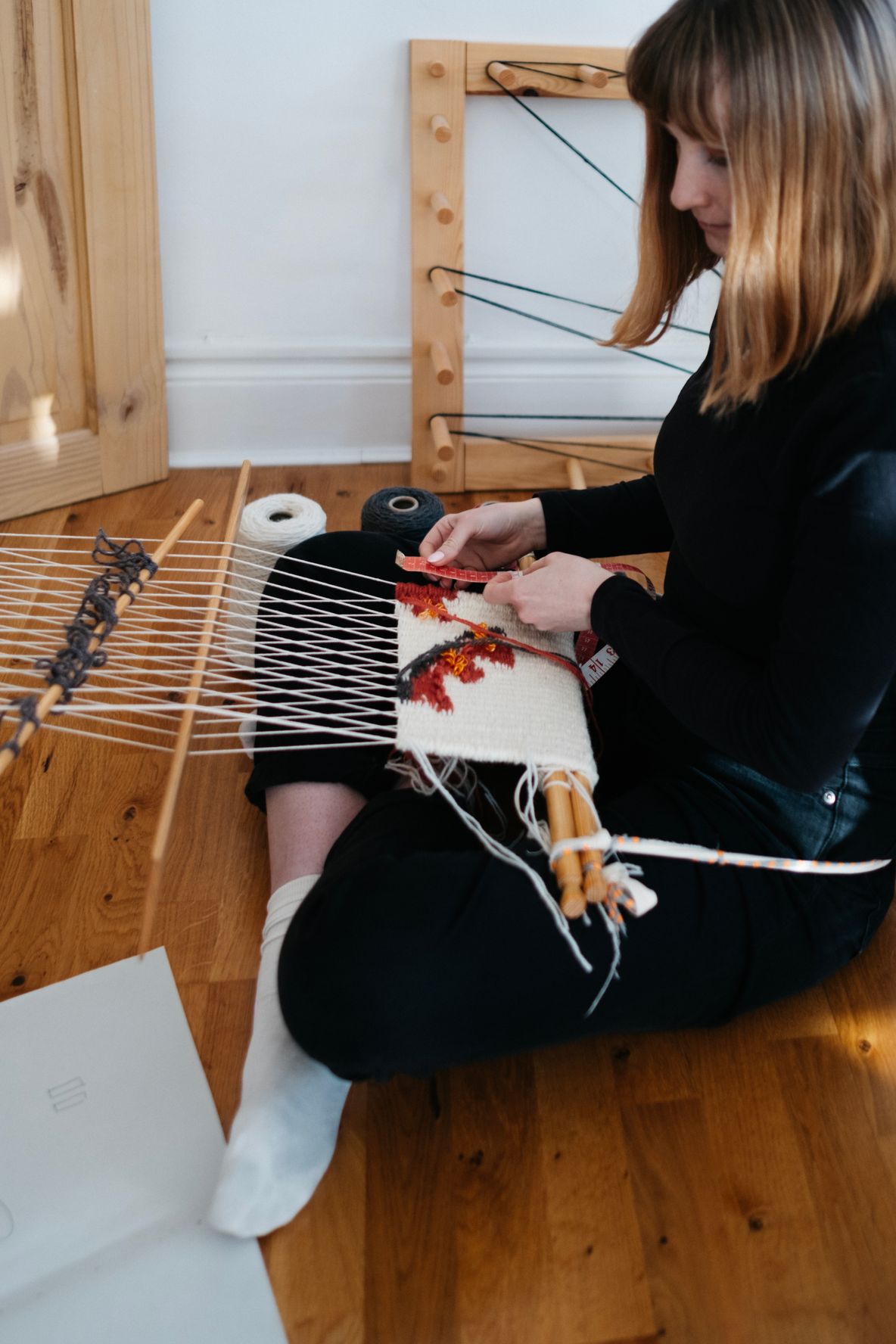Backstrap Weaving
My journey with backstrap weaving started when I struggled to continue my textile practice after graduating. I was faced with two main constraints: money and space. My limitations made me reconsider my practice, and that’s when I found backstrap weaving.
Backstrap weaving is a practice that comes mainly from South America in places like Guatemala and Peru. I recently found out that Polish weavers used a backstrap-like loom to make traditional shirt cuffs (I am half Polish). That’s why I love weaving - it’s an activity that throughout history has connected all cultures across the world, even if we are not aware of it.
Anni Albers
When backstrap weaving, my body becomes part of the loom. The process really wouldn’t work without it. Whenever I move forward or backwards, the loom changes and morphs into what I need it to be. It is labour intensive, tedious but surprisingly meditative.
When I’m on the backstrap loom, each warp shift of odd- to even-numbered threads is lifted up by my fingers (Albers, On Weaving). I am the loom and the loom relies on me. In turn, the loom makes me entranced in its process. It’s repetitive, constrained but freeing.
I hold regular backstrap weaving workshops open to all levels. Sign up to my newsletter to be the first to hear about the next one!

